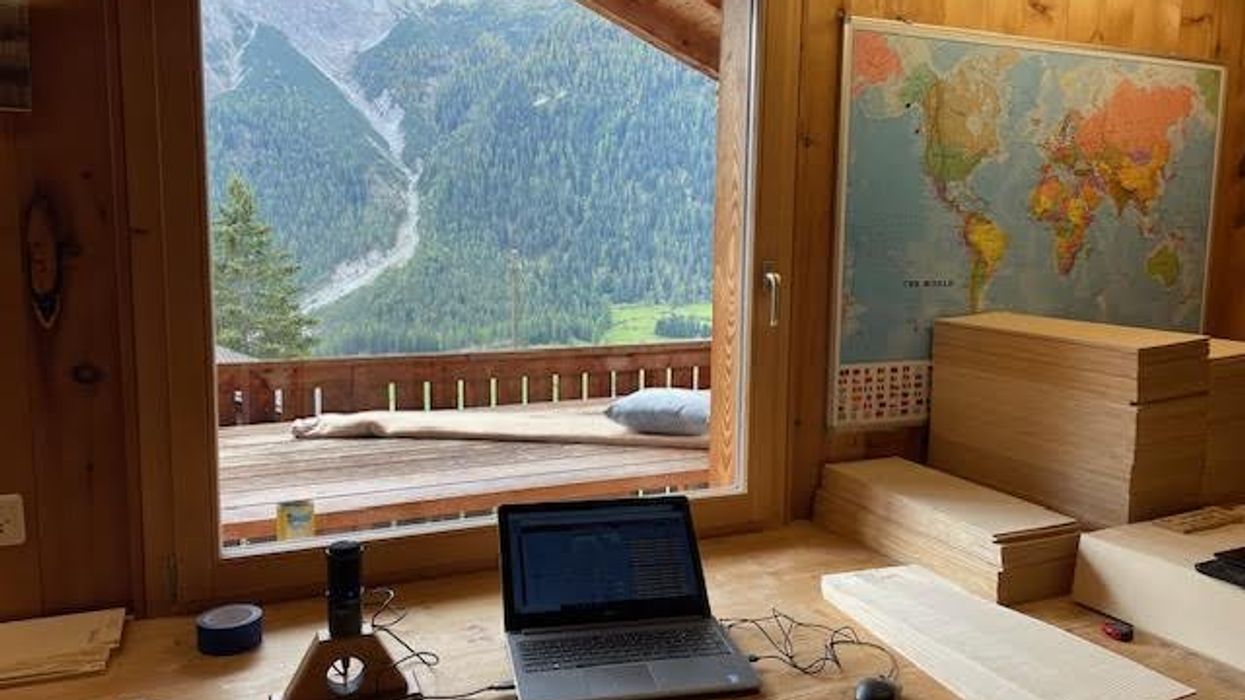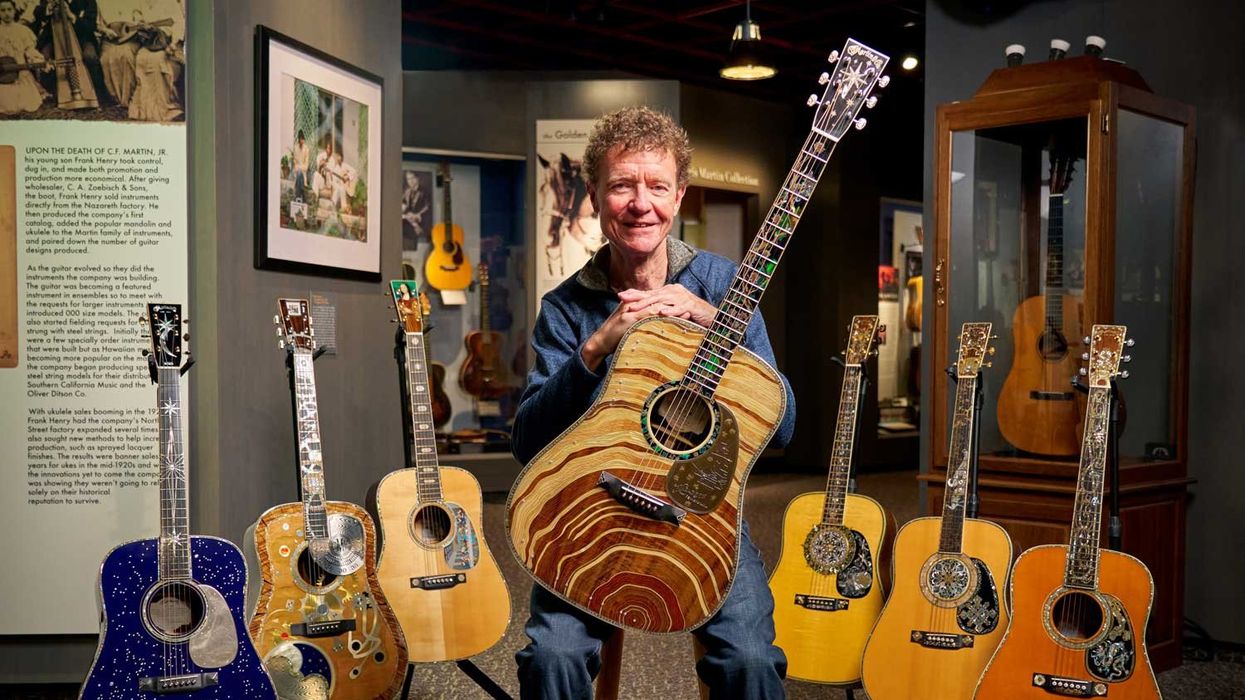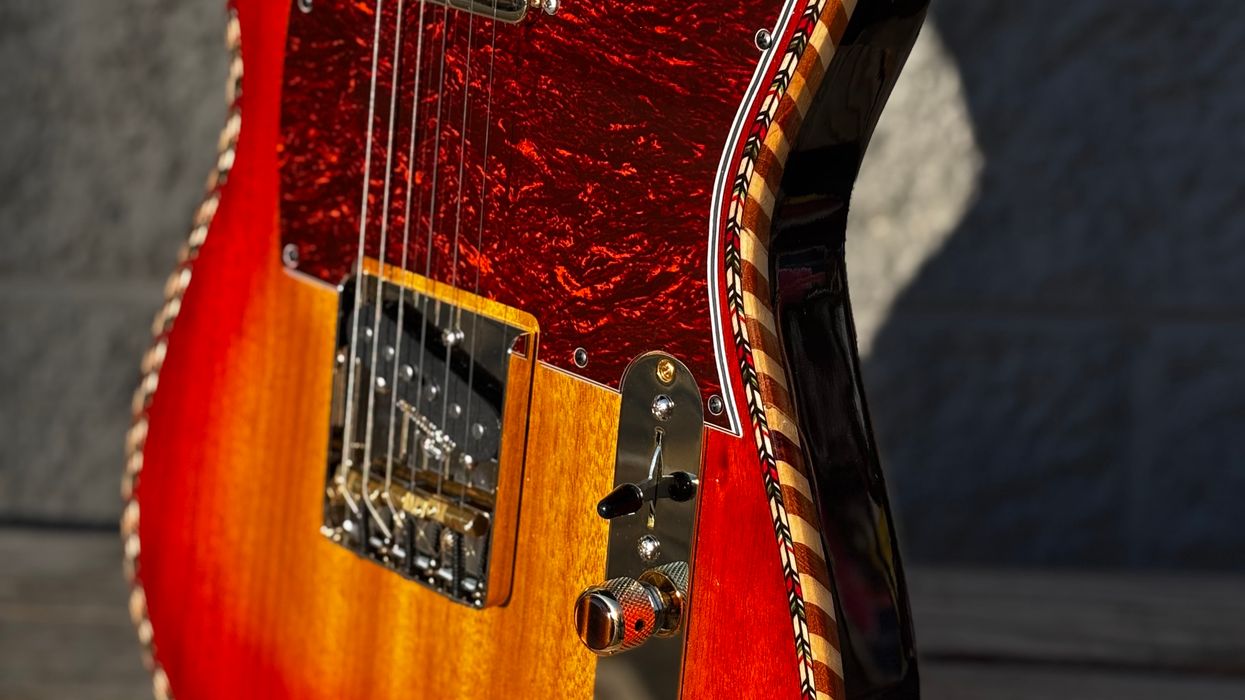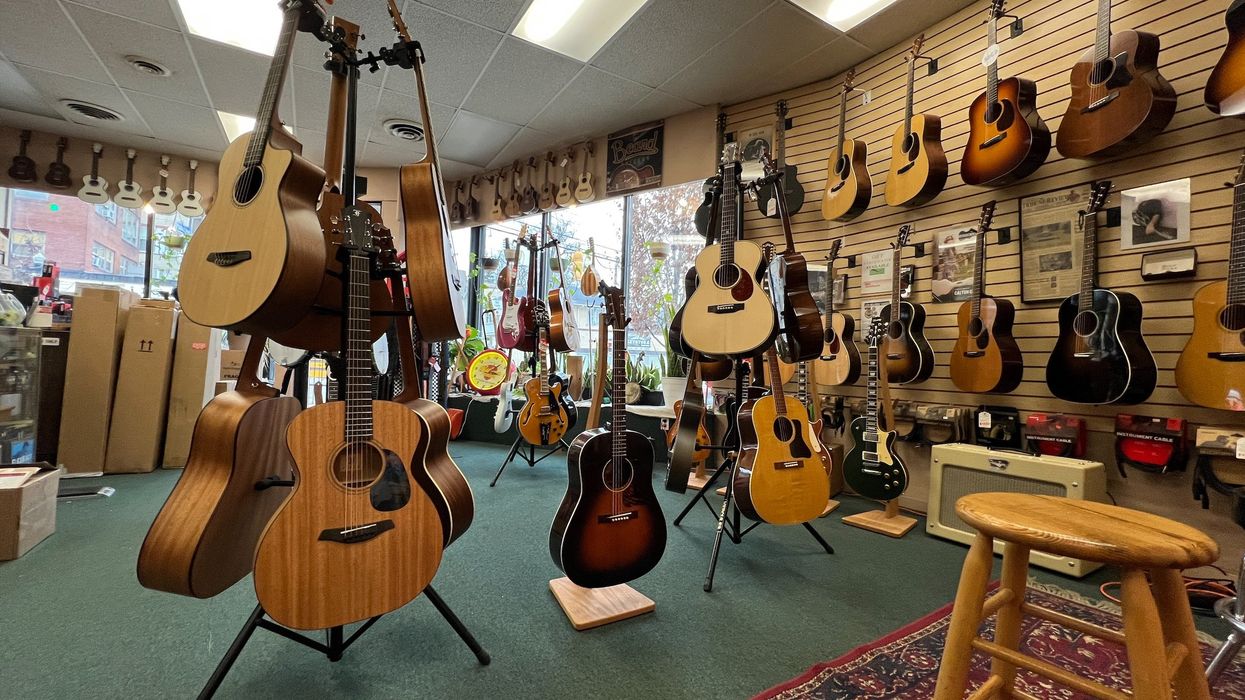We tend to think of “history” as something we read about or learn from our elders, rather than something we live and contribute to. I’ve often wondered if my great-uncle knew he was making history when, as a Mexican immigrant, he built the original Mickey Mouse guitar for Walt Disney in the early 1950s.
Last year, I was contacted by Jennifer Schmidt, the collections manager at Andrew Jackson’s Hermitage. They were seeking a grant with the hopes of restoring an acoustic guitar on the property. It was the guitar that was owned by Sarah Yorke Jackson, White House hostess and acting first lady of the United States from November 1834 to March 1837, and daughter-in-law to America’s seventh president, Andrew Jackson. The Hermitage is the historic home of President Andrew Jackson located in a neighborhood just east of metropolitan Nashville.
When I arrived at the home to inspect the guitar, it was leaning against a chair in the living room, in desperate need of repair. It had been “restored” previously by a violin luthier in 1983, and while their work helped sustain the shape of the instrument, there were many repairs that had been done incorrectly.
I quickly saw that this was going to be a combination of a restoration and preservation project. There was a history written up on the guitar, but I believe it to be incorrectly documented that the luthier was Cabasse-Visnaire l'Aîné, who worked in the Mirecourt region of France during the early 1800s. Despite bearing some similarities, later guitars that are credited to Cabasse-Visnaire have a different style in building.
Based on the design, I believe the instrument was crafted by Petitjean l'Aîné in 1817. Another luthier from the region, Didier Nicolas l'Aîné, was also active in that period, but there are differences in his building decisions that have led me to this belief. Didier was known for his one-piece maple backs on his guitars, while Petitjean l'Aîné was known for laminating the backs of his guitars, and this guitar has a spruce back with a laminate. He also built in a style that was complementary to Didier—a nice way of saying he appears to copy his style in headstock and design.
“I couldn’t stop thinking of the story this instrument could tell—all it had endured and been privy to, the suffering it witnessed and the joy it gave.”
This guitar is considered a “Romantic” guitar, made during the era of 1790 to 1830. It features a Norway spruce top, most likely harvested in the French alps. The fretboard is African ebony, with a 646 mm scale. The back is laminated spruce and the sides are rosewood, with the outer laminate appearing to be pearwood.
The guitar needed a great amount of work. The issues and repairs included top cracks, loose perfling and braces, bridge lifting, binding and inlay missing, separated back, missing and incorrect frets, neck reset, missing top-hat pegs, and, to top it off, a fretboard held on by Scotch tape. When the instrument was finally delivered to us, it took several months before I could clear my schedule to dedicate time to the repair. The repair itself took several weeks to complete, but I couldn’t stop thinking of the story this instrument could tell—all it had endured and been privy to, the suffering it witnessed and the joy it gave to either Sarah while she played it or the audience she may have played it for. As musicians, we all tend to think beyond just the physical attributes of a musical instrument. We use words like feel, touch, voice, warmth. We use these terms because the instrument is expressing something that we lack the words or ability to express without it.
This guitar lived through the formation of the Democratic Party, the origins of the Spoils System, and the Indian Removal Act, which created the Trail of Tears. All of the pain and suffering, as well as the victories and joys, that were absorbed into this instrument have shaped its sound and presence, and to think that it crossed my path, a first-generation Mexican-American born in the United States. I am honored at the opportunity to help preserve a small piece of our American history.
I have worked on countless instruments that have historic musical relevance, but this guitar was different. We have a tagline for Delgado Guitars: “Does your guitar have a story?” I created this tagline because I believe every person has a valuable and important story to tell. Now, I’m grateful to have helped preserve this amazing guitar for future generations to see as they visit the Hermitage. I even built a custom stand from wood that came from the property. You can see more of the steps in the restoration on our social media pages if interested, but if you find yourself in Nashville, please stop by the Hermitage and pay it a visit. It might inspire you to share your story.


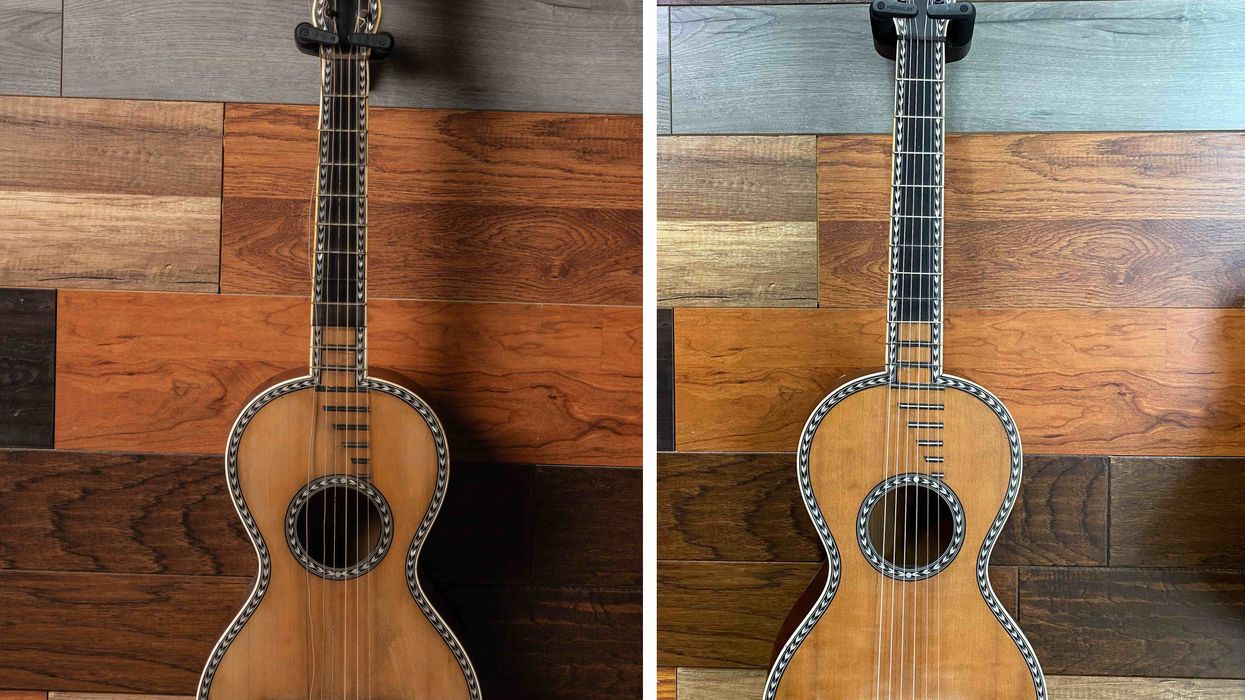

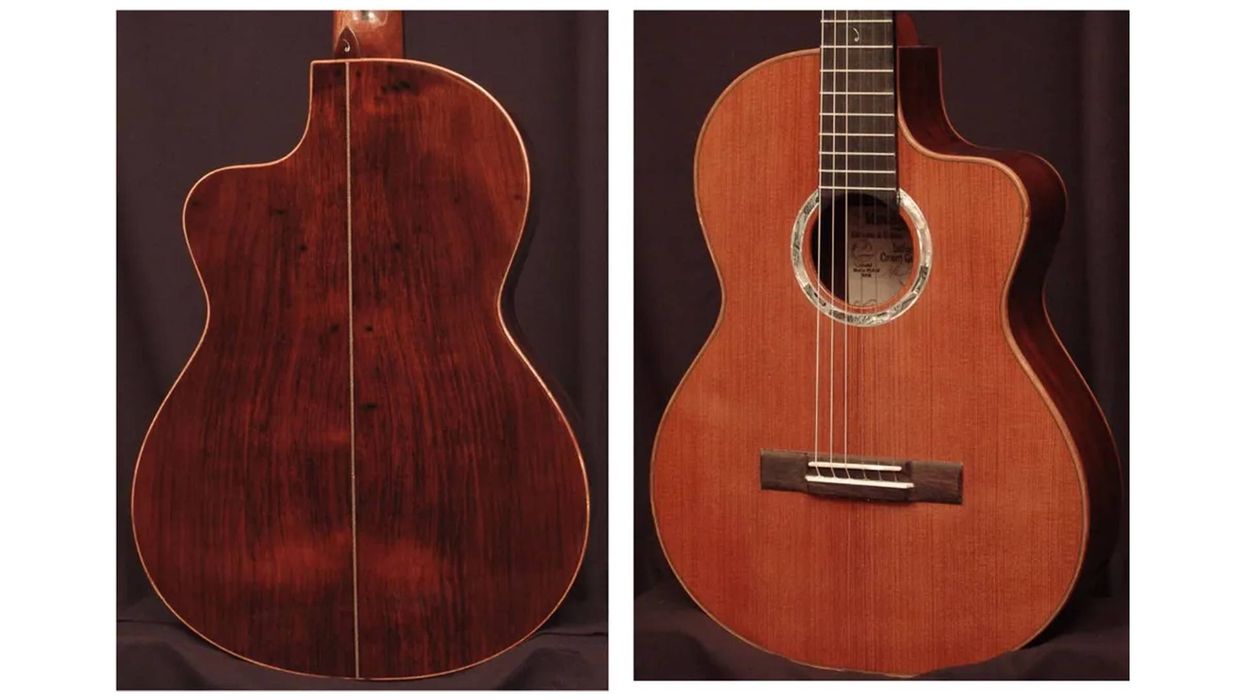
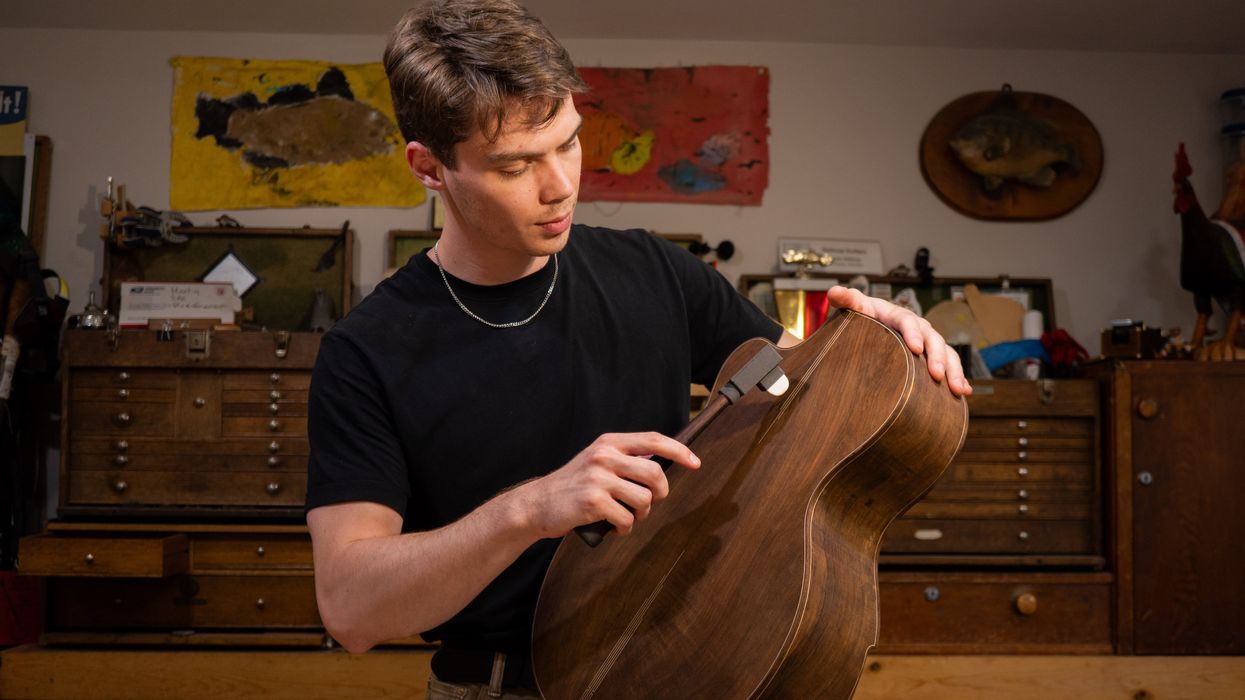
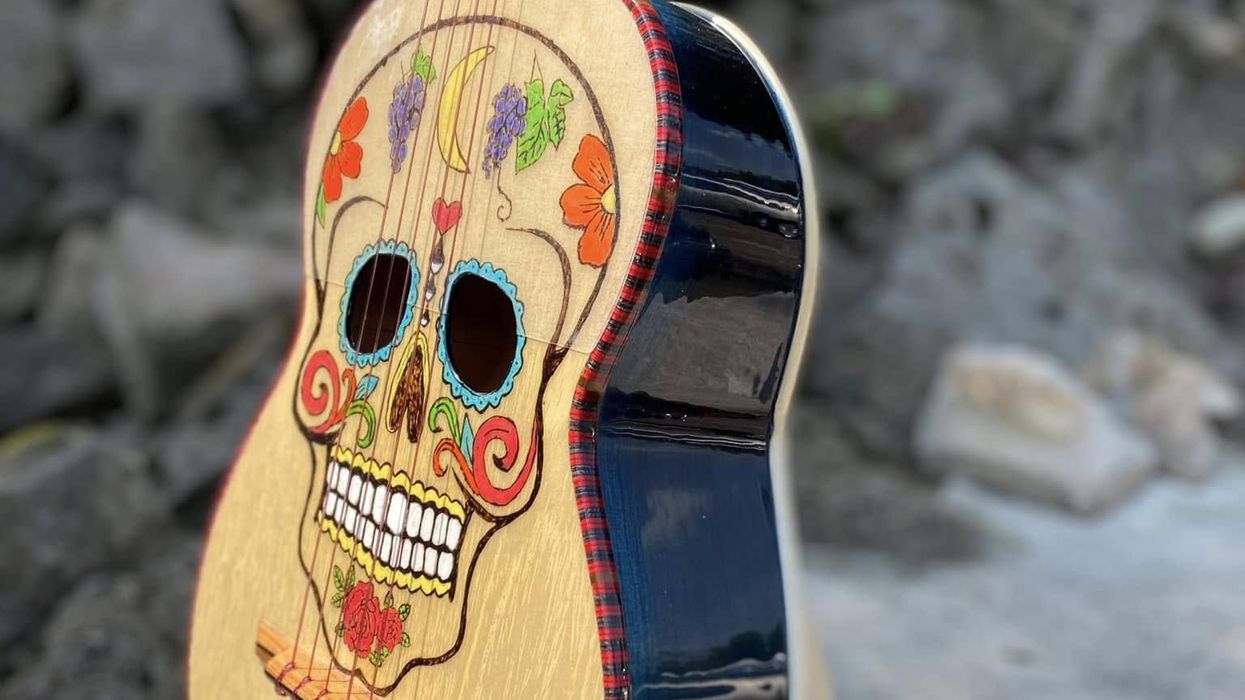
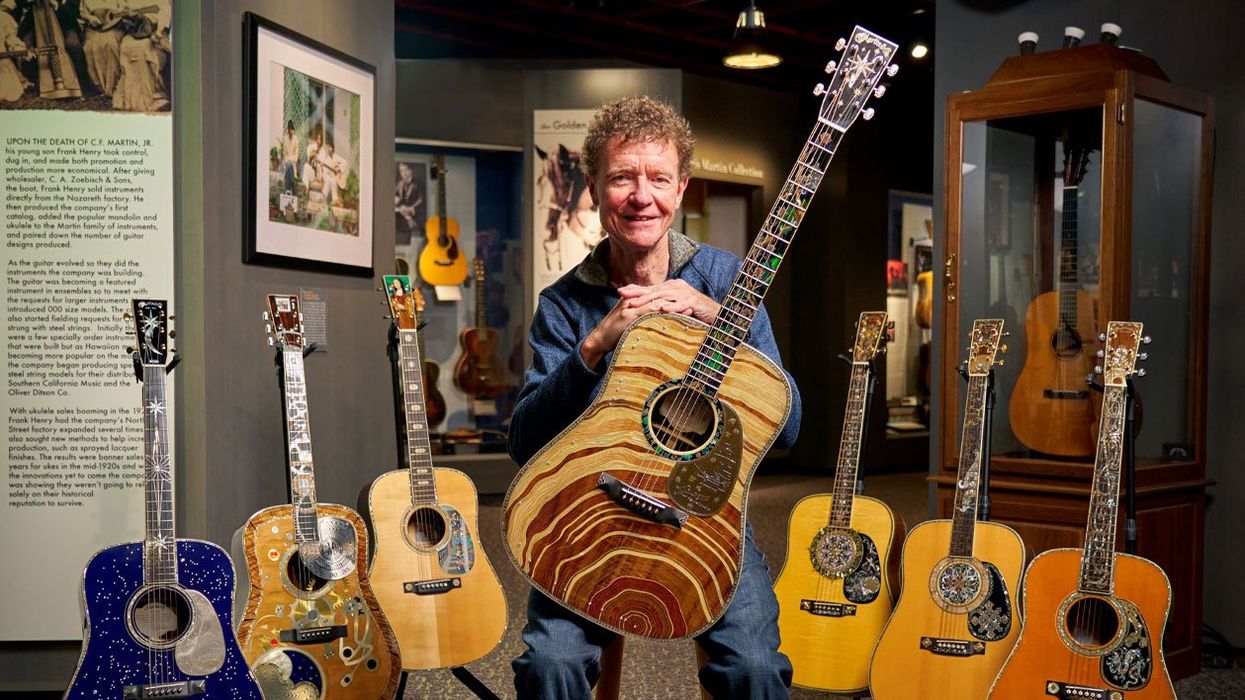
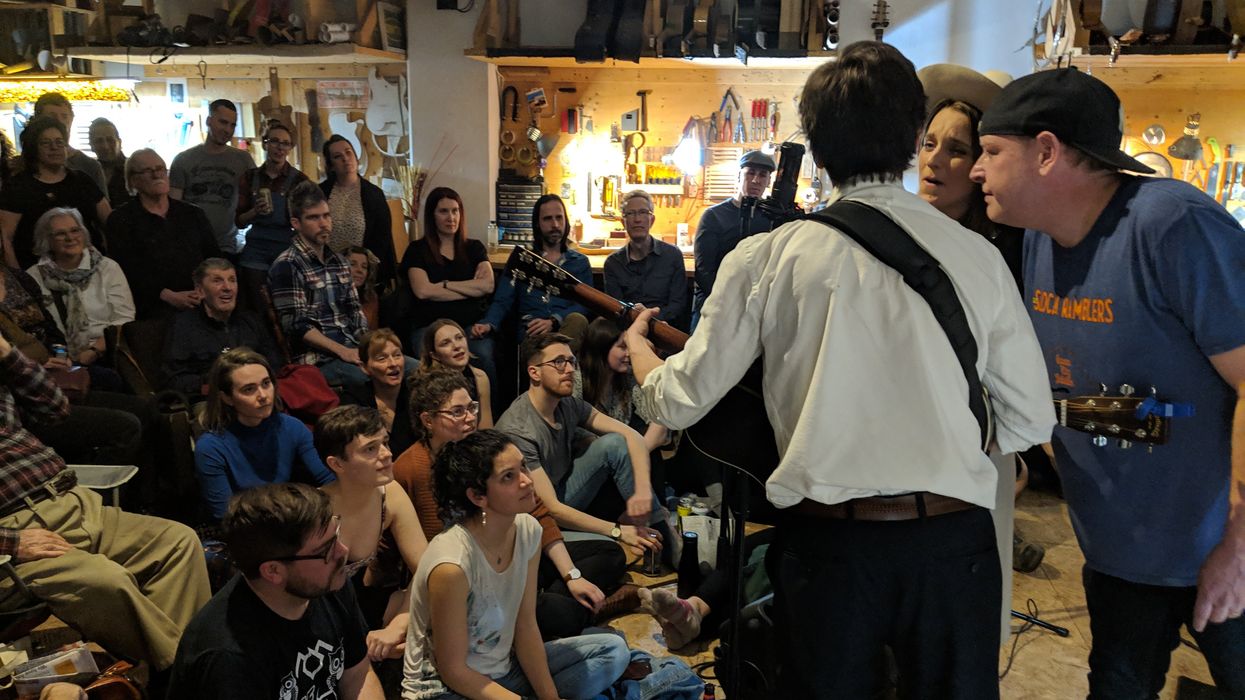



![Rig Rundown: Russian Circles’ Mike Sullivan [2025]](https://www.premierguitar.com/media-library/youtube.jpg?id=62303631&width=1245&height=700&quality=70&coordinates=0%2C0%2C0%2C0)


